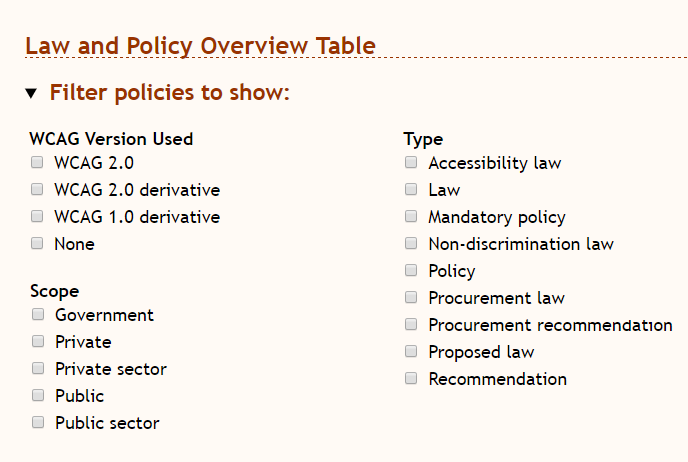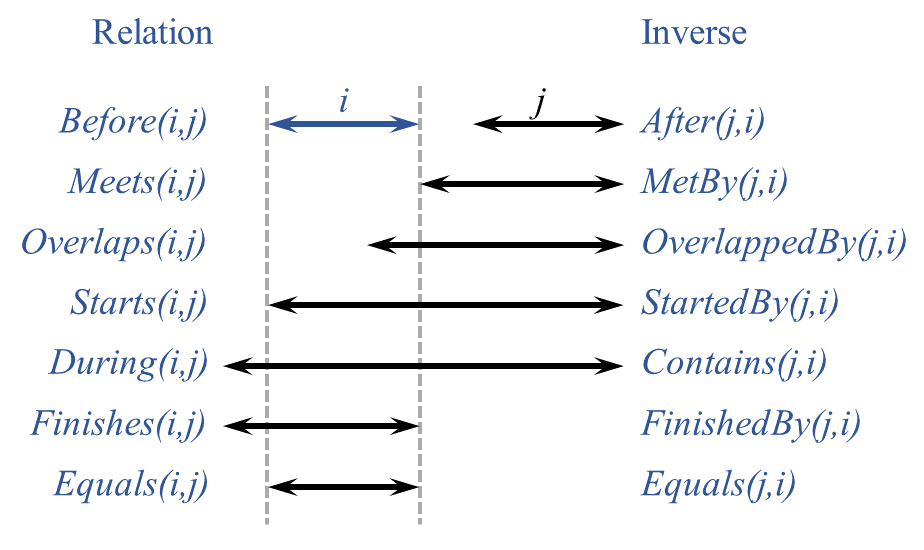W3C Strategic Highlights, Spring 2017
7 June 2017 | Archive
 W3C made public its W3C Strategic Highlights – Spring 2017, a comprehensive survey of select recent work. The Web has grown to be the technical infrastructure of Society –the universal connectivity platform. It continues to change business and society, and just as business and society evolve, new needs arise, new opportunities for more captivating experiences need addressing. The Web needs scaling to the opportunity and an organization focused on addressing opportunities. From everyday needs of Web users, to Industry impact, W3C’s vision has four areas of excellence: Strengthening the core of the Web, exciting with the next level experiences, extending the reach of the Web, and meeting Industry needs. This report, was prepared for discussion during the Spring W3C Advisory Committee Meeting. Read W3C CEO Jeff Jaffe’s perspectives on this meeting and W3C’s Vision on our Blog.
W3C made public its W3C Strategic Highlights – Spring 2017, a comprehensive survey of select recent work. The Web has grown to be the technical infrastructure of Society –the universal connectivity platform. It continues to change business and society, and just as business and society evolve, new needs arise, new opportunities for more captivating experiences need addressing. The Web needs scaling to the opportunity and an organization focused on addressing opportunities. From everyday needs of Web users, to Industry impact, W3C’s vision has four areas of excellence: Strengthening the core of the Web, exciting with the next level experiences, extending the reach of the Web, and meeting Industry needs. This report, was prepared for discussion during the Spring W3C Advisory Committee Meeting. Read W3C CEO Jeff Jaffe’s perspectives on this meeting and W3C’s Vision on our Blog.
XSL Transformations (XSLT) Version 3.0 is now a W3C Recommendation
8 June 2017 | Archive
The XSLT Working Group has published XSL Transformations (XSLT) Version 3.0 as a Recommendation. XSLT 3.0 enables transformations to be performed in streaming mode, where neither the source document nor the result document is ever held in memory in its entirety.
Another important enhancement is provided by XSL packages, to improve the modularity of large stylesheets, allowing stylesheets to be developed from independently-developed components with a high level of software engineering robustness.
XSLT 3.0 is designed to be used in conjunction with XPath 3.0, which offers higher-order functions. It also specifies the map functionality exactly as it is in the XPath 3.1 Recommendation, and implementors may also offer support for other XPath 3.1 additions compared to XPath 3.0, like arrays.
W3C Advisory Committee Elects Advisory Board
7 June 2017 | Archive
The W3C Advisory Committee has filled four open seats on the W3C Advisory Board. Created in 1998, the Advisory Board provides guidance to the Team on issues of strategy, management, legal matters, process, and conflict resolution. Beginning 1 July 2017, the nine Advisory Board participants are Tantek Çelik (Mozilla), Michael Champion (Microsoft), Virginie Galindo (Gemalto), Jay (Junichi) Kishigami (NTT), Charles McCathie Nevile (Yandex), Natasha Rooney (GSMA), David Singer (Apple), Léonie Watson (The Paciello Group) and Judy Zhu (Alibaba). Many thanks to Chris Wilson (Google), whose term ends this month. Read more about the Advisory Board.








